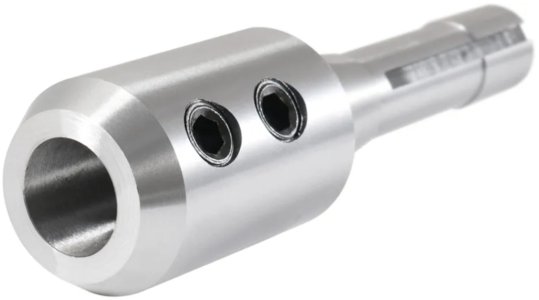slow-poke
Ultra Member
Question about using large drill bits in Albrecht type self tightening chucks. I do most of my large drill bit drilling with my drill press and it has a Jacobs chuck. For the mill I have a clone of the Albrecht chuck and I have read as well as experienced the over tightening that can occur when using Silver and Deming style large bits in these chucks.
So I'm curious what tool holding in the mill are you guys using for large drill bits?
Lately I'm relying on 3/4" shank TTS holders more often than swapping size specific collets and arbors so one option would be to try and find an affordable set of large drill bits with 3/4" shank.
Comments and suggestions welcome.
So I'm curious what tool holding in the mill are you guys using for large drill bits?
Lately I'm relying on 3/4" shank TTS holders more often than swapping size specific collets and arbors so one option would be to try and find an affordable set of large drill bits with 3/4" shank.
Comments and suggestions welcome.


